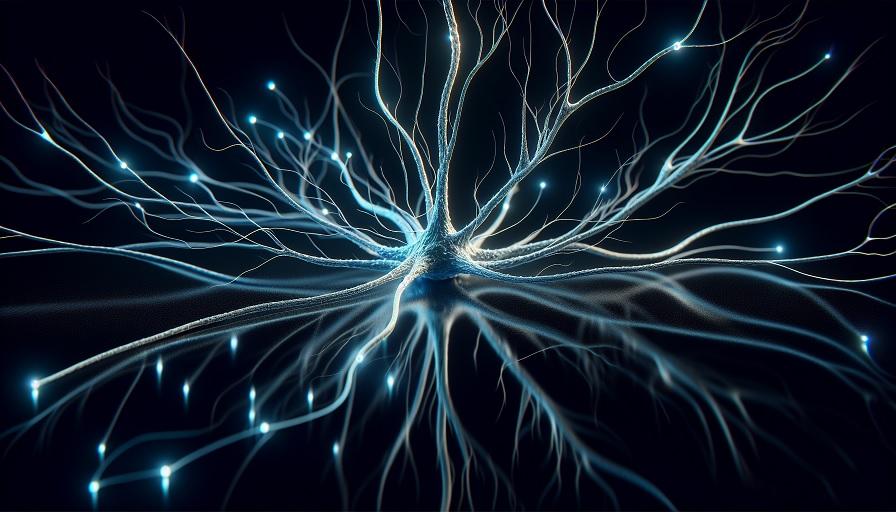
Short answer: Yes. Practicing drawings from memory exercises mental imagery, spatial attention, and perspective taking – core parts of visual-spatial skill – and leads to measurable improvement with regular use.
Contents
What Are Visual-Spatial Skills?
Visual-spatial skills let you form mental pictures, judge size and distance, rotate objects in your mind, and understand how parts fit into a whole. These skills support everyday tasks like reading maps, packing a suitcase, visualizing furniture in a room, or planning a route through a crowded space. They also matter in art, design, engineering, and sports.
Why Drawing From Memory Helps
Drawing something you can no longer see forces your brain to reconstruct shapes, angles, and proportions internally. That reconstruction uses the same systems you rely on for mental rotation, figure-ground separation, and spatial working memory. With repetition, the brain gets better at encoding key features, holding them online, and translating them back onto a page.
The Encode–Recall Loop
A simple loop powers the gains: look carefully, look away, recall and sketch, then compare to the original. Each pass sharpens what you choose to notice next time – contour, relative lengths, negative space, and symmetry – building more accurate internal models.
Mental Rotation And Perspective Taking
When you draw from memory, you often rotate the object mentally to check if a line should slant left or right or whether a side should be visible at all. This strains and strengthens mental rotation, a key visual-spatial ability linked to navigation, geometry, and mechanical reasoning.
Attention To Structure Over Detail
Because you cannot copy every texture from memory, you learn to anchor first on big shapes and axes: center lines, bounding boxes, and angles between landmarks. Focusing on structure improves accuracy and makes later details easier to place.
Limits And Who Benefits Most
Like any training, progress depends on consistency and challenge. Beginners may see quick wins in noticing proportion and alignment. Intermediate learners gain in speed and accuracy of mental rotation. People who struggle with working memory should use short intervals and small subjects. If you already do technical drawing daily, the gains may be smaller, and copying from observation will still be essential.
How To Practice Drawing From Memory
The goal is deliberate, repeatable drills that cycle between observation and recall. Keep the sessions short and track small improvements, such as how close your angles or lengths match after each comparison.
Drill 1: Two-Minute Snapshot
Choose a simple object (a mug, scissors, a shoe). Study for 60 seconds, noting a vertical center line, major shapes, and two or three landmark angles. Hide the object and draw for 60 seconds from memory. Reveal and compare. Mark one change you would make and repeat the cycle once.
Drill 2: Angle And Proportion Check
Study a photo for 45 seconds and mentally measure relationships: the handle is half the height, the rim tilts about 20 degrees. Draw from memory for 90 seconds. Overlay a light grid on the photo later to estimate how close you were.
Drill 3: Mental Rotation Set
Study a blocky object from one angle, then close your eyes and picture it turned 90 degrees. Draw the new view without looking. Recheck with the real object or a second photo to see what faces should have been visible.
Drill 4: Negative Space Silhouettes
Observe the spaces around the object – the gaps inside handles, the triangle under a shelf. After viewing, draw only the silhouette and key negative spaces from memory. This boosts edge accuracy and figure-ground skill.
Common Mistakes And Fixes
People often chase tiny details too soon or draw what they “think” should be there. Start with scaffolding: center lines, bounding boxes, and a few anchor points. If proportions drift, shorten the viewing time and reduce subject complexity. If accuracy stalls, add a quantify step – write a quick number for a key ratio before you look away.
A Simple Weekly Plan
Plan five sessions of 10–15 minutes. Use two easy objects early in the week, one midweek mental-rotation drill, and two harder objects on the weekend. Track accuracy by listing one concrete improvement goal per session, such as “match the tilt of the rim within five degrees.” After two to four weeks, most people report faster sketch setup and more reliable proportions.
Drawing from memory is a compact way to train visual-spatial skills. By looping observation and recall, you strengthen mental imagery, rotation, and structural attention – abilities that transfer to design, navigation, and everyday problem solving. Keep drills short, measure progress, and increase complexity gradually.

